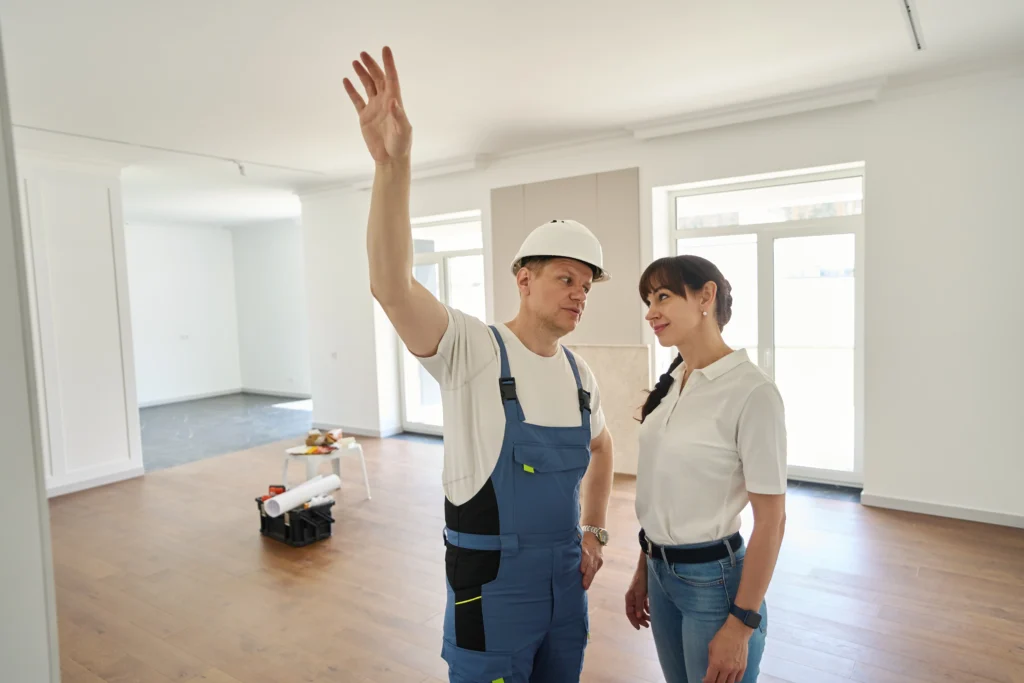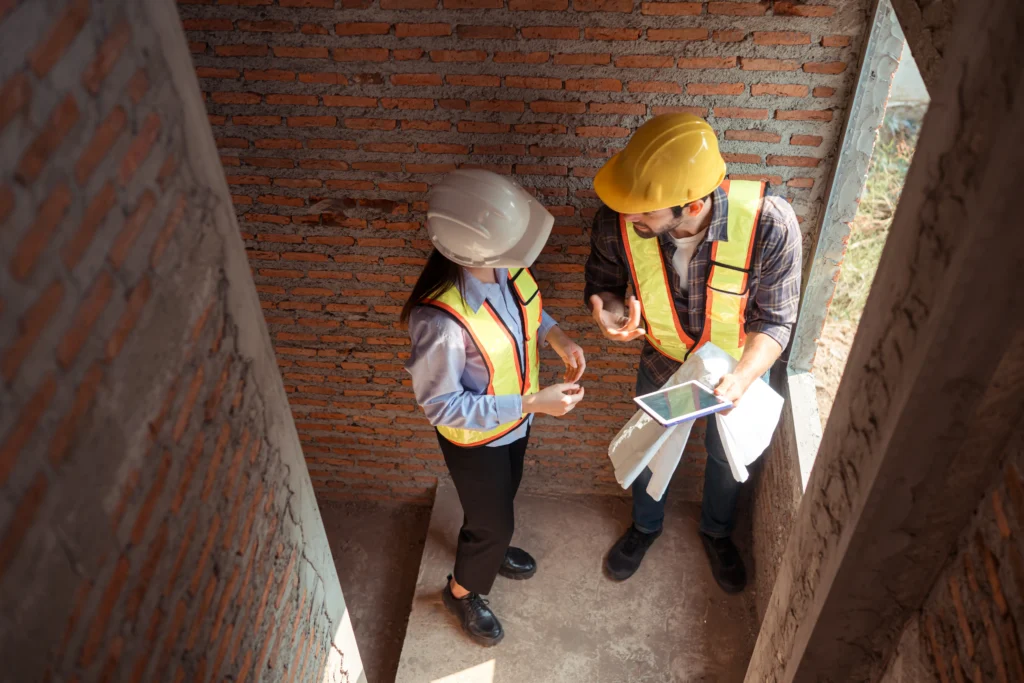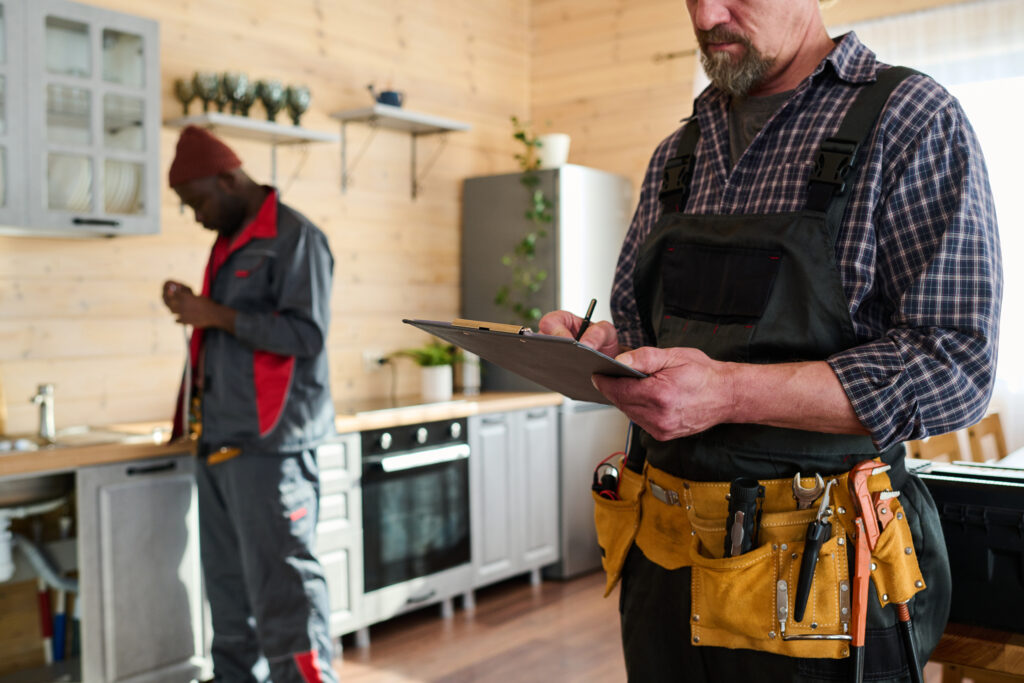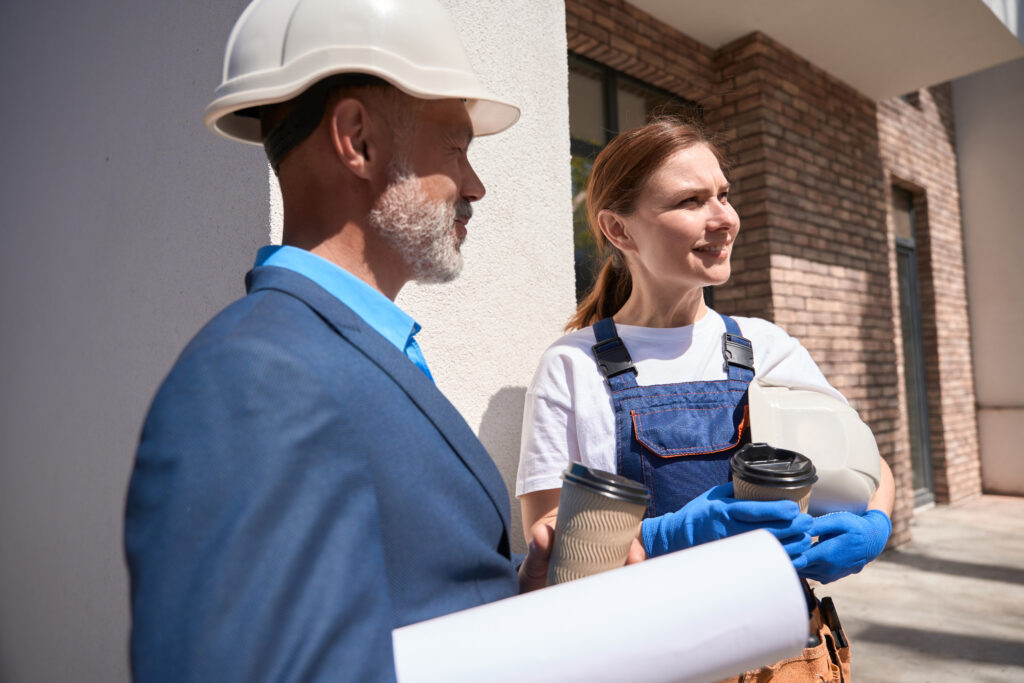Mold can pose significant health risks and property damage if left unchecked. Many homeowners overlook mold until it becomes a serious issue. Learning how to inspect for mold in your house is essential in maintaining a healthy living environment and protecting your home’s value.

Understanding Mold and Its Risks
Before discussing how to inspect for mold in your house, it’s crucial to understand what mold is and the associated risks. Mold is a fungus that grows in damp, humid environments. It reproduces through tiny spores that float through the air. According to the Centers for Disease Control and Prevention (CDC), mold exposure can cause allergic reactions, respiratory problems, and even more severe health conditions in vulnerable individuals.
Mold thrives in dark, damp environments, making basements, bathrooms, and kitchens ideal breeding grounds. If mold is left unchecked, it can quickly spread, damaging walls, ceilings, furniture, and even structural elements of your home. Understanding the potential impacts of mold is the first step toward managing this household hazard effectively.
Signs That Indicate You May Have Mold
The first step in learning how to inspect for mold in your house is recognizing common indicators. Typical signs include a musty odor, visible dark or discolored spots on walls or ceilings, peeling wallpaper or paint, and persistent allergic symptoms or respiratory issues among household members. Recognizing these signs early helps prevent more extensive mold growth and damage.
Symptoms related to mold exposure can also be subtle. Frequent headaches, fatigue, and nasal congestion could indicate hidden mold issues. If these symptoms improve when you’re away from home, this could further signal a mold problem.

Common Areas Where Mold Is Found
Knowing the common areas where mold tends to grow can guide your inspection efforts. Basements, bathrooms, kitchens, attics, and laundry rooms are particularly susceptible due to higher moisture levels. Mold also frequently appears around windows, under sinks, behind appliances, and in areas with plumbing leaks or poor ventilation.
In basements and crawl spaces, mold growth can accelerate unnoticed, causing significant structural damage. In bathrooms, mold typically appears around showers, bathtubs, and tiles. Kitchens see mold growth around sinks, refrigerators, and dishwashers where moisture and organic materials are abundant.
DIY Mold Inspection Techniques
When learning how to inspect for mold in your house, a careful visual inspection is the starting point. Begin by examining areas prone to moisture or previously damaged by water. Use a flashlight to look in dark or hidden spaces, such as closets, crawl spaces, and behind furniture. If you spot discoloration, warping, or moisture buildup, it may be mold.
Another practical method is using your sense of smell. A musty, earthy odor often signals hidden mold growth. Be thorough and inspect upholstery, carpets, and drapery, as these can harbor mold spores if moisture has been present. Additionally, homeowners can use basic home-testing kits available at hardware stores, though professional testing is always more reliable.

Professional Mold Testing Options
While visual inspections can identify obvious mold problems, hidden mold can be challenging to detect. In these cases, professional mold testing is advisable. Professional inspectors use advanced methods such as air sampling, surface testing, and bulk testing to determine mold presence accurately.
Hiring a professional mold inspector provides definitive results and comprehensive insights, especially critical when mold presence is suspected but not visibly confirmed. It ensures you understand the severity and extent of any potential mold issues. The Environmental Protection Agency (EPA) provides additional guidance on mold testing and sampling methods.
Health Implications of Mold Exposure
Understanding the health implications of mold exposure can further emphasize the importance of learning how to inspect for mold in your house. Mold exposure can lead to serious respiratory conditions, exacerbate asthma, and trigger severe allergic reactions in sensitive individuals. Prolonged mold exposure has even been linked to chronic respiratory issues and infections.

Addressing Mold Issues After Detection
Once mold is confirmed in your home, prompt action is crucial. Small mold areas can typically be handled using household cleaning products or specialized mold removers. Ensure proper protective gear, including masks, gloves, and eye protection, is used to minimize exposure during removal.
For larger mold issues or mold hidden behind walls, floors, or ceilings, professional remediation becomes necessary. Mold professionals employ specialized equipment and methods to ensure thorough mold removal and to prevent reoccurrence.
Mold and Real Estate Transactions
Understanding how to inspect for mold in your house is particularly important during real estate transactions. Mold can affect property value, delay closings, and even terminate deals. Buyers may require a mold inspection contingency or request remediation before proceeding. Sellers, on the other hand, benefit from identifying and addressing mold early to present a clean, safe home to prospective buyers.
Real estate agents and home inspectors often work in tandem during these transactions. Inspectors trained to identify mold problems can help buyers avoid homes with underlying issues and help sellers improve their home’s marketability.

Preventing Future Mold Growth
After inspecting for mold and addressing any findings, prevention becomes critical. Proper ventilation, regular cleaning, prompt water leak repairs, and moisture control are essential strategies for preventing future mold issues. The EPA recommends maintaining indoor humidity levels between 30% and 50% to inhibit mold growth effectively.
Installing exhaust fans in kitchens and bathrooms, using dehumidifiers in humid areas, and regularly inspecting plumbing for leaks are proactive measures. Proper insulation and regular home maintenance significantly reduce mold growth risks.
When to Call Professionals
Knowing how to inspect for mold in your house is beneficial, but sometimes professional intervention is necessary. If mold covers a significant area, typically larger than ten square feet, or is hidden within walls or insulation, professional remediation becomes essential. Mold removal specialists follow specific protocols and safety measures to remove mold safely and thoroughly. For more about mold removal protocols, refer to the CDC mold remediation guidelines.

Conclusion
Learning how to inspect for mold in your house empowers you to maintain a safe, healthy home environment. By recognizing signs early, conducting regular inspections, and addressing moisture issues proactively, you can prevent extensive mold problems. For detailed, professional mold inspections and expert advice, consider contacting Icon Home Inspectors. Our certified inspectors deliver comprehensive, accurate assessments, ensuring your home remains healthy and mold-free. For more information, visit Icon Home Inspectors.